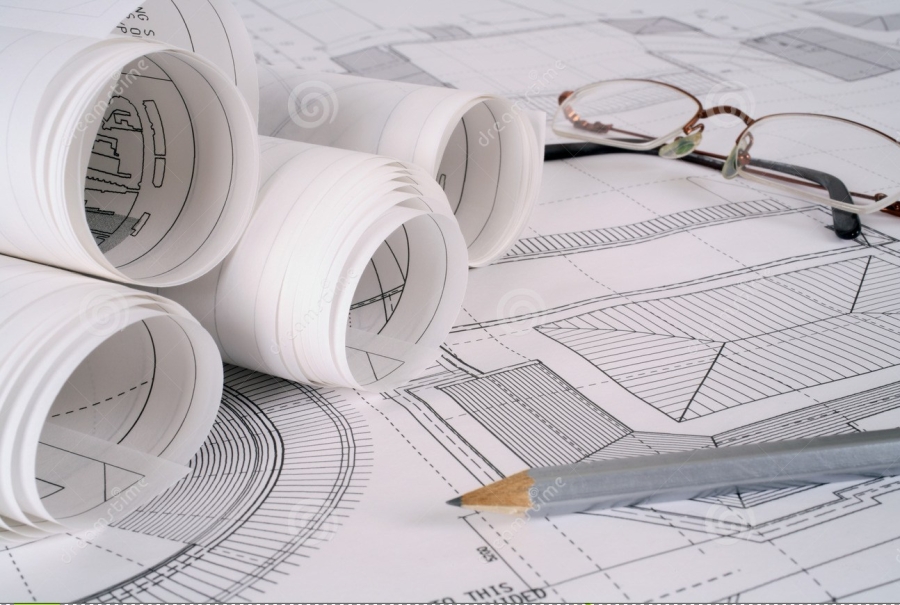My television time is limited. Not by choice. I love a good Netflix binge when the chance arises. But long workings days coupled with a busy family life does not afford me that luxury at present. Yet my Sunday is not complete without catching up with Dermot Bannons latest renovation project. The shows template is simple: Client outlines their dream home. Dermot takes it all on board but in truth ignores most of it. He arrives back with a different plan. It’s 25-30% over budget. They come to a reluctant agreement. There’s the standard hiccup along the way with construction. A wall gets knocked to open a space and light. Trucks arrives with windows, lots of windows. And voila! (followed by an awkward looking house warming). Repeat next week.

I actually love the show. The stress and unrealistic expectations the clients go through each week resonate with my wife and I as we reflect on our own self build. We gazed in amazement at the first draft of our house plans. All the saving and sacrifice and this was to be the end result, our future home. On first viewing this exceeded anything we could have imagined. Not in my wildest dreams did I envisage such a beautiful home. That was until we checked out the side view. “Oh. Well that won’t work”, was a phrase my wife and builders alike became all too familiar with (I didn’t have a huge say). More problems emerged when we looked at the aerial view giving a more in-depth look at room layout and space, or in this case lack there-of in certain areas. So it was back to the drawing board. But I’ve since began to use this architectural analogy when patients ask “Do I need a scan?”.
An MRI, or magnetic resonance imaging, scan is a series of photos taken at different angles of a target area of the body. But when it comes to back pain MRI scans have become increasingly popular for diagnostic purposes. Great you may say but an MRI scan is much like looking at the aforementioned house plans but only looking at the gable end or not looking at the site plan in its entirety. In other words it gives you absolutely no idea as to how the remainder of the building looks, how it will function, what it will be capable of offering as a home, what else is going on in the surrounding area. You see I haven’t even mentioned the problems that unfolded when the house was actually built and we were standing in these rooms that were once images on a computer. The real picture can be very different. We need to look beyond the picture and gain more information. With back pain that information is largely gained by the clinical examination. And what’s more interesting (and where my analogy ends) is that sometimes that scan for low back pain provides very little relevant information whatsoever.

With advances in technology the quality of imaging has significantly improved. But ironically this in fact is where some of the problems arise. Most pain free individuals if referred for MRI would be presented with a report detailing typical terminology such as “mild degenerative changes”, “slight disc protrusion”, “disc desiccation”. From our 20’s, depending on our lifestyle and activity levels these are common and normal findings. Remember this language may be used on a scan for a person with NO pain. Then of course people that do have back pain are referred for MRI and they may be presented with a similar report. But not always. Now they are experiencing pain and the tendency then is to match their pain with the findings from the imaging report. But how does that fit with the same findings for the person with no pain? It doesn’t, because pain does not always mean damage and damage does not always mean pain. We see examples of this on a daily basis in every day life as well as the clinical setting: A bruise noted on the thigh while getting dressed yet no recollection of the injury and no pain associated with it; an ankle injury during a football game that only becomes debilitating once the game is over and done with; pain brought on by stressful situations or environments; or indeed the MRI scan that is reported to be clear yet the patient reports low back pain.
84% of people world wide will experience back pain during their lifetime. Only a tiny percentage of these should be referred for further investigation as the majority will settle down within a 6 week period. What can play havoc with the outcome is the fear avoidance that can develop with news of “herniated discs”, “disc protrusion”, “wear and tear” and even some of the poorly prescribed advice. The impact that can have on the outcome being a successful or disastrous one is frightening. So if you have been referred for an MRI (which are sometimes warranted by the way) make sure your clinician has firstly carried out a full examination with a detailed history taking of the problem. Ask questions and have them explain their reasoning in referring you for further investigation and how it will influence the treatment plan. As with Mr Bannons clients (or maybe not), be involved in that decision making process.
For more information on any of the issues addressed throughout this article please contact Rob via email at mccabephysiotherapy@gmail.com, Twitter , Instagram and Facebook or visit http://www.mccabephysiotherapy.com
Rob McCabe MISCP
Chartered Physiotherapist
MSc (pre reg) Physio, BSc Sport Science and Health, MSc Sports Physiotherapy, PG Dip Orthopaedic Medicine
Orchard House, Moorefield Rd, Newbridge, Co. Kildare

